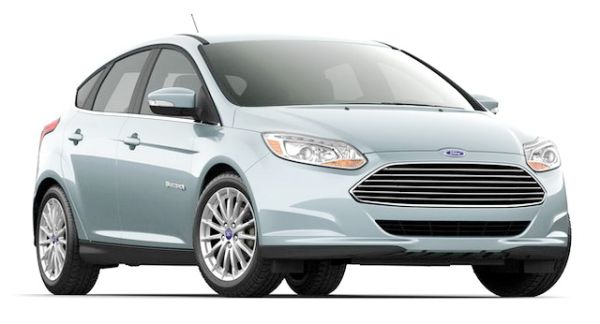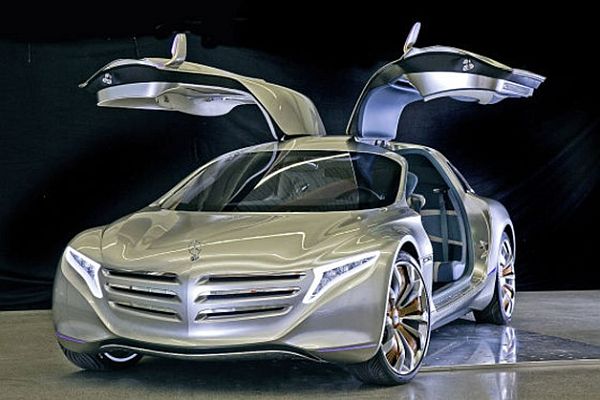Need for cleaner aviation
Aviation industry is one of the fastest growing industries in the world. Nowadays, people prefer to travel by air and, therefore, the number of aircrafts has also increased. Any pollutant released in air will surely harm the atmosphere. It needs to get more energy efficient.
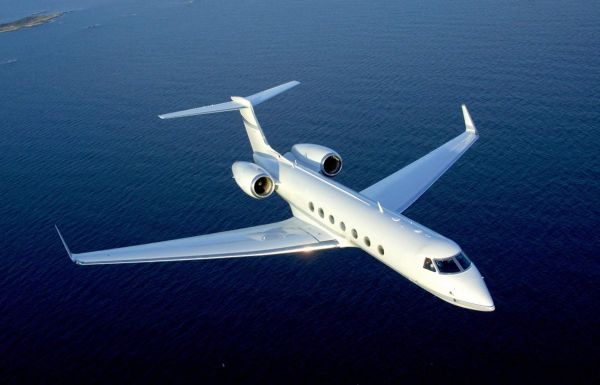
a) Growth in the number of airline passengers
As per records, it has been stated that in 2006 there were around 240 million passengers who went through UK airports. It showed an increase of 30% as per last five years’ records. The Government has predicted that by the year 2020 the number can increase up to 400 million. The global air traffic is said to have increased by 3.5% every year. The number of flights has increased to serve the huge number of people, hereby affecting the air traffic.
b) Air quality
The supersonic jets release pollutants in the stratosphere damaging the ozone layer. Moreover, the rapid growth of this industry and surface traffic near the airports, is contributing a lot in deteriorating the air quality. Any emissions at higher level of atmosphere are likely to have major effect on the environment.
c) Temperature change
The aircrafts fly at high altitude and contrails are formed. Scientists predicted that by 2050, the contrails formed will affect global warming in a big way by forming carbon dioxide more than the aircraft engines. A contrail raises the atmospheric temperature. It spreads in the atmosphere and doesn’t allow heat to move out of the earth. Thus, night temperature increases.
Benefits of hydrogen fuel
Hydrogen fuel is eco friendly. When this fuel burns, it doesn’t release any polluted gases such as carbon dioxide, carbon monoxide, sulfur dioxide, hydrocarbons and smoke. Though, a very little percent of these gases are released by aircrafts as compared to others on a daily basis, the release in upper layers of atmosphere make the difference. Nitrogen oxides are major pollutant in depleting ozone layer. These oxides even form smog, if reacted with ground ozone. This fuel will also reduce dependence on hydrocarbons.
A glimpse into the future
Researchers and scientists worked hard and came up with some models that run on hydrogen fuel. The models are still being worked upon. Here are a few of them.
1. Boeing’s Corpulent hydrogen powered spy plane
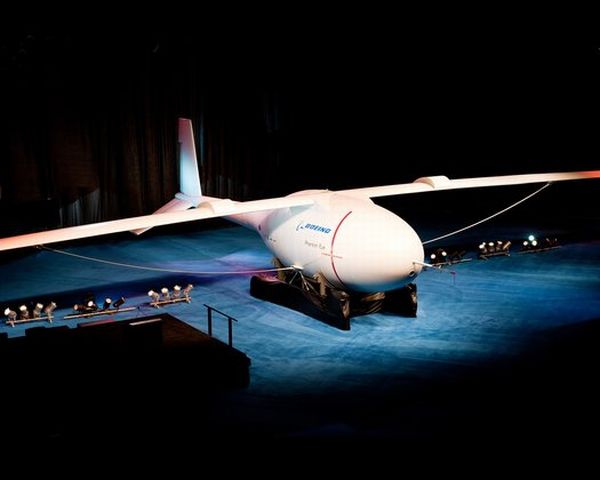
The Phantom Eye is quite light in weight. It consists of two 2.3 liter, four-cylinder engines . These engines can produce a power of 150 hp each. It can stay at an altitude of 65,000 feet for four days without refueling. Its only by-product is water.
2. Global Observer unmanned aircraft
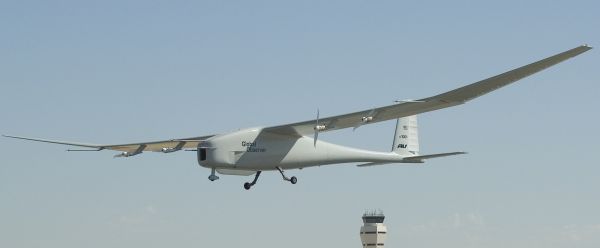
The high enduring Global Observer unmanned aircraft will run on hydrogen fuel. It is 70 feet long and has a wingspan of 175 feet. The fuel drives four electric motors. During a test flight at Edwards Air Force Base in California, the aircraft reached a height of 5000 feet. It is expected that the strength and altitude will be improved further to reach up to 55,000-65,000 feet.
3. FlyH2 aircraft
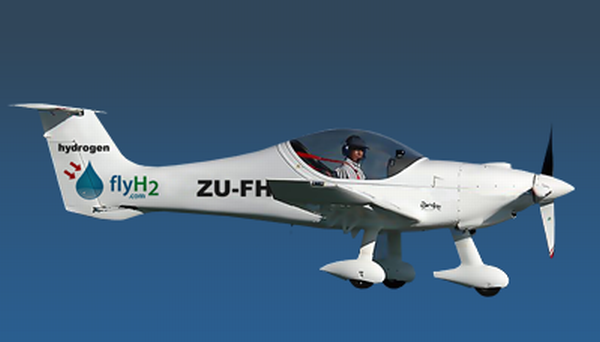
Designed by FlyH2 Aerospace CC, the aircraft aimed at promoting the use of hydrogen fuel in place of hydrocarbons and fossil fuels. They are working on developing fuel cell systems that are light in weight.
Problems associated with hydrogen aircrafts
The aircrafts are still facing some technical and structural difficulties such as the following.
1. Hydrogen is almost three times more efficient than oil but at the same time is four times heavier.
2. It is inflammable substance.
3. The cost of making hydrogen fuel commercially available to public is very high. The manufacturing process needs lots of advanced technologies that come at a high cost.
4. Scientists have found that the fuel tanks that will be used will have to be four times larger than the present models. Consequently, larger energy will be consumed, almost 10 times more, due to larger surface area.
The bottom line
The existence of hydrogen, electric and biofuel planes are predicted to be there in 15 years from now. With hydrogen propulsion technology still in its infancy, it can be predicted that in a couple of decades, airplanes flying on clean fuels such as hydrogen will be developed and flying might just become emission free.



